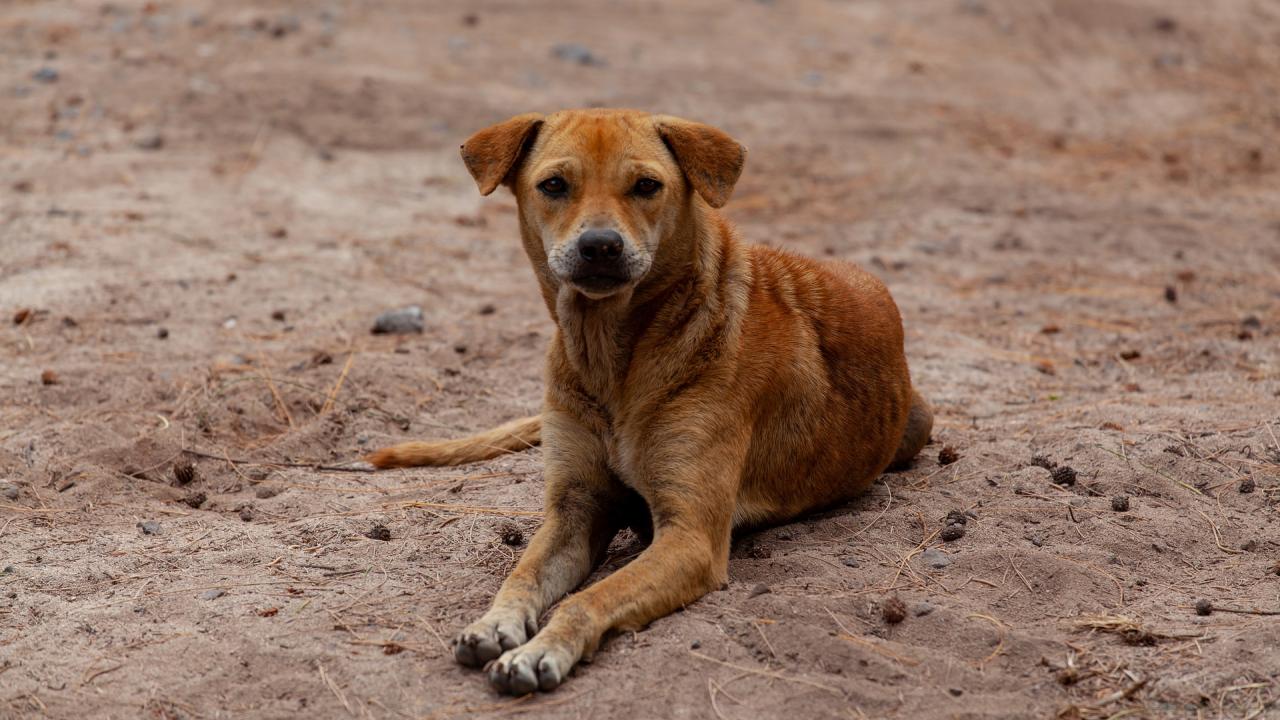
Rocky Mountain Spotted Fever
What is Rocky Mountain spotted fever?
Takeaways
- Rocky Mountain spotted fever (RMSF) is a tick-borne disease caused by the bacteria Rickettsia rickettsii.
- The disease can affect dogs and humans.
- Without prompt treatment, the fatality rate can be high.
- Prevention includes proper tick control measures.
Rocky Mountain spotted fever (RMSF) is a tick-borne disease caused by the bacteria Rickettsia rickettsii. In hot, arid climates, including eastern Arizona, Mexico, and South America, it is spread by the brown dog tick (Rhipicephalus sanguineus), which feeds on dogs (preferred host) and people. In the United States, most cases are associated with the American dog tick (Dermacentor variabilis) and the Rocky Mountain wood tick (Dermacentor andersoni).
With temperatures warming due to climate change, the range of brown dog ticks is expanding and RMSF is a key public health concern. In North America, RMSF is responsible for more human deaths than any other tickborne disease, with a fatality rate that can exceed 30-40 percent.
Dogs are early indicators of the presence of RMSF in emerging regions and can serve as amplifier hosts for the bacteria. The direct transmission of RMSF from dogs to humans has not been reported.
What are the clinical signs of Rocky Mountain spotted fever?
Clinical sign of RMSF in dogs include fever, joint inflammation, enlarged lymph nodes, depression, lethargy, decreased appetite, difficulty breathing, tremors, skin rash, and small red, brown, or purple spots (petechiae) on the linings of the eyelids and mouth. Some infected dogs show no clinical signs.
How is Rocky Mountain spotted fever diagnosed?
Diagnosis of RMSF may be made based on clinical signs, local prevalence of the disease, time of year, history of tick exposure, and blood work, including identification of rickettsial DNA in the blood. Blood work may reveal low amounts of red blood cells (anemia) and white blood cells (lymphocytopenia), and low levels of platelets (thrombocytopenia).
How is Rocky Mountain spotted fever treated?
Treatment for RMSF consists of antibiotic therapy (typically doxycycline) for one to three weeks. Supportive therapy may be required to combat dehydration and bleeding.
Administered for the recommended period, and early in the course of illness, treatment often quickly reduces fever and leads to complete recovery. Rocky Mountain spotted fever can be fatal if not treated appropriately. Relapse may occur if treatment is of insufficient duration.
What is the prognosis for Rocky Mountain spotted fever?
The prognosis is good with proper treatment. Experimental studies have demonstrated that the severity of disease may be related to the infectious dose, with dogs infested with adult ticks developing more severe illness than dogs infected by immature ticks. Fatality is more likely if the diagnosis and treatment are delayed, even for a few days.
How can Rocky Mountain spotted fever be prevented?
Risk factors for RMSF include poverty, stray dogs, and a high burden of ticks on dogs. Proper use of effective acaricides can be used to control tick populations in and around homes (brown dog ticks can live in walls and dirt) and on dogs. Effective disease control measures require cooperation between veterinary, medical, and public health officials.
Utilize preventive tick control products (such as long-acting tick collars or topical medications) year round and keep dogs away from areas that are known to harbor ticks. Promptly remove any ticks that you find on your dog by grasping the head of the tick with tweezers and pulling straight off without squeezing the body.
For more information:
Dog Ticks Are Changing Their Diet. You're on the Menu. Deep Look video.
UC Davis Science & Climate Blog: Dog Ticks Carrying Rocky Mountain Spotted Fever Prefer Humans as Temperatures Rise
*This article may not be reproduced without the written consent of the UC Davis School of Veterinary Medicine.
